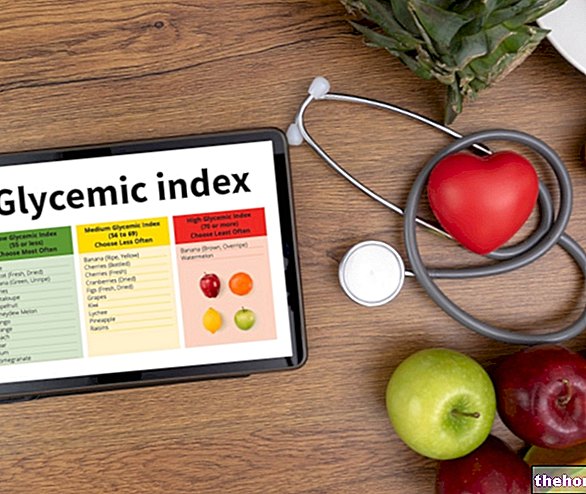Where polyunsaturated fats are found
The ω-3 polyunsaturated fatty acids are the most ancient, as they are typical of the aquatic kingdom; as such they are widely represented in algae, marine organisms and fish that feed on them. Other sources are not very widespread: significant concentrations are found in flax seeds and their oil, in hemp and to a lesser extent in canola and soybean oils. The nutritional importance of ω-3 polyunsaturated fatty acids is such that today some foods, such as milk and eggs, are fortified with them directly or indirectly (for example by increasing the content of ω-3 in the feed or by selecting cultivars richer).
The precursor of omega three, alpha-linolenic acid, cannot be synthesized by the body and as such must necessarily be introduced with the diet. Once ingested, the body can transform it into the respective semi-essential fatty acids.
The ω-6 polyunsaturated fatty acids are widespread throughout the vegetable kingdom and are abundant in sunflower oil, peanut, grape seed and corn oil. Although an essential nutrient, linoleic acid - progenitor of ω-6 - it is generally consumed in more than sufficient if not excessive quantities.
Cis linoleic acid (LA) *
Gamma-linolenic acid (GLA)
Diomo-gamma-linolenic acid (DGLA)
Arachidonic acid (AA)
Olive and seed oil
Blackcurrant oil, borage oil, evening primrose oil
Breast milk
Dairy products, meat, human milk, shellfish
Alpha-linolenic acid (ALA or LNA) *
Eicosapentaenoic acid (EPA)
Docosahexaenoic acid (DHA)
Linseed, hemp, soy and canola oil
Fish oil, herring, salmon, whale
Fish oil, some algae
In polyunsaturated fatty acids the double bonds are not adjacent, but separated by a methylene group (-CH2-).

Essential fatty acids in food
of cod
(wild)
* LNA = undifferentiated alpha-linolenic acid
SOURCE: "Essential Fatty Acids in Food" was compiled based on data provided by the US Department of Agriculture
Other articles on "Polyunsaturated Fats in Food"
- Polyunsaturated fats
- Polyunsaturated fats and health




























